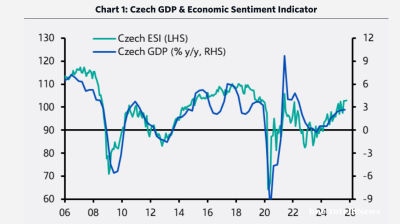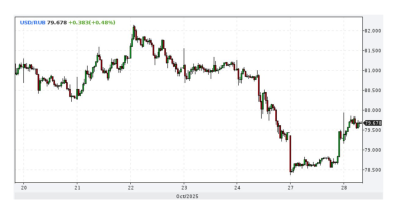Movement of migrants through the Western Balkans has intensified in 2018 and peaked in May, a report from the International Organisation for Migration (IOM) said.
A new migrant route to the EU has opened up in the Western Balkans since the closure of the main route across the region in 2016. Migrants from the Middle East and North Africa are increasingly using the new route from Greece via Albania, Montenegro and Bosnia & Herzegovina to EU member Croatia.
Between January and May 2018, the authorities in Bosnia, Montenegro and Albania reported the arrival of 7,402 new migrants and refugees. In May alone their number was 2,838 – the highest figure reported since the beginning of the year.
The situation in Bosnia is the heaviest as more than half of the migrants and refugees – a total of 4,841 – were registered there.
The IOM said in the report that around 520 new migrants and refugees arrive in the country every week with almost half of them coming from Pakistan (22%) and Syria (22%) followed by those who declared Afghan (14%), Iranian (10%) and Iraqi (8%) nationality.
The Bosnian authorities have already adopted an emergency measures plan to address the needs of the refugees. They have opened a refugee centre in Salakovac that was able to host 269 refugees. However, many of the migrants are still living in tents in Bosnia’s parks.
“Many refugees and migrants sleep on the streets, in abandoned buildings, and in fields without adequate shelter, sanitation, food, or medical care. Without shelter they also lack the ability to register their residence, a key step to access the asylum procedure,” IOM said in the report.
Most of the migrants in Bosnia go mainly to the capital Sarajevo, its vicinity and the Una-Sana Canton, from where they attempt to enter Croatia. Over 2,000 refugees and migrants are in Una-Sana Canton and IOM has assessed the humanitarian situation as acute.
“Local civil society and government actors are struggling to provide food, shelter and assistance,” it noted.
In Albania, there were 1,199 migrants and refugees registered this year, while in Montenegro they were 1,362. Among the three countries, only the authorities in Albania reported a decrease in arrivals in May, from 293 reported in April to 147 reported in May. However, the reason for the declining number seems the fact that more migrants are moving towards Montenegro.
Data

Czech growth accelerates as domestic demand-side pressure builds
The Czech economy delivered an unexpected acceleration in the third quarter, marking a clear shift from its earlier position as a regional underperformer to one of Central and Eastern Europe’s fastest-growing economies.

Eurobonds of Istanbul-listed Zorlu units offer attractive yields amid rating downgrades and no default expectation
Debut paper currently offering 14-15% yield.

Ruble strengthens as sanctioned oil companies repatriate cash
The Russian ruble strengthened after the Trump administration imposed oil sanctions on Russia’s leading oil companies, extending a rally that began after the Biden administration imposed oil sanctions on Russia in January.

Russia's central bank cuts rates by 50bp to 16.5%
The Central Bank of Russia (CBR) cut rates by 50bp on October 24 to 16.5% in an effort to boost flagging growth despite fears of a revival of inflationary pressure due to an upcoming two percentage point hike in the planned VAT rates.




